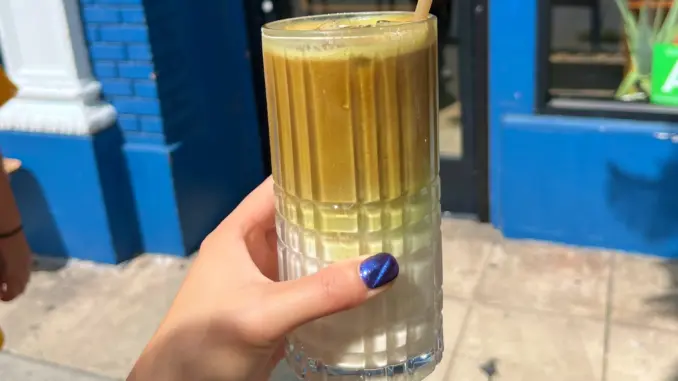
Matcha or espresso—why not both? The “dirty matcha” is rising in popularity, raising some questions amongst coffee purists.
BY EMILY JOY MENESES
BARISTA MAGAZINE ONLINE
Featured photo by Emily Joy Meneses
Nicknamed the “camo latte” or “swamp latte,” the dirty matcha is raising eyebrows amongst many coffee purists as it becomes a top-trending café drink around the world. As the beverage has gained popularity over the past year or so, much debate has risen over it, with hesitant coffee lovers (including myself) left to wonder if the grassy and light flavors of matcha would clash too much with the taste of espresso.
Today, we’re dissecting the lore of the dirty matcha by finding out how it became popular in the coffee world and deciding whether or not it’s worth a try.
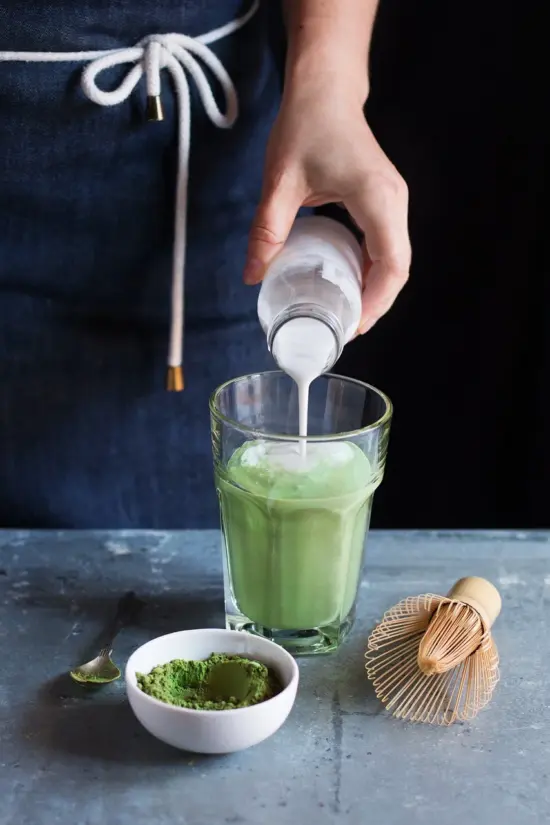
Rise of the Dirty Matcha
First things first: What is a dirty matcha? Like a dirty chai, a dirty matcha is made up of the main beverage—a matcha latte, typically iced—topped with a double shot of espresso. The result is a drink layered with color and flavor, and amped up with an extra dose of caffeine. Many also point out its health benefits: The addition of matcha brings an influx of antioxidants to the typical coffee drink.
Though the birth of the dirty matcha is shrouded in mystery, some trace its origins to Japan, and most attribute its rise in popularity to Starbucks in the Western world. Though the coffee chain is well-known for churning out this unique beverage, many other specialty-coffee shops are also giving it a go.
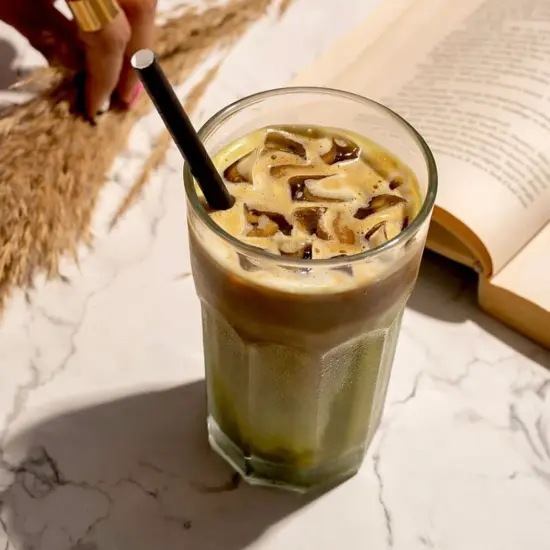
Making a Dirty Matcha
When making a dirty matcha that’s worth trying, there are a few key factors to consider: mainly, which type of espresso and matcha you’re using, and what other flavors you’re adding to the drink.
If possible, you’ll want to make sure you’re using high-quality, ceremonial-grade matcha. You’ll also want to avoid overwhelming the subtle, earthy flavor of matcha with espresso that’s too dark or too bold. I personally think matcha pairs best with a light-roasted coffee with fruity notes: think single-origin Ethiopian espresso, or something along those lines. Most shops will also add a light sweetener to their dirty matcha lattes to round out all of the flavors—a bit of vanilla syrup will do the trick.
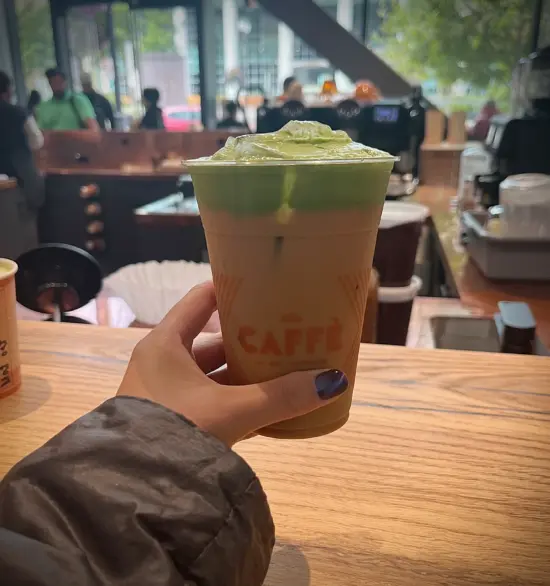
Trying a Dirty Matcha
As someone who equally loves matcha and espresso separately, I was admittedly hesitant to try a dirty matcha—but to really lean into my exploration of the drink, I simply had to go for it.
The recipe that I used is 8 ounces of oat milk, 1 matcha shot, and 1 double shot of single-origin Ethiopian espresso. I also added about an ounce of vanilla syrup.
To my surprise, I ended up loving the drink. The resulting beverage was surprisingly light and refreshing, with the flavors of espresso and matcha blending well together without clashing or overwhelming one another. When comparing the dirty matcha to its separate components, it had a deeper and earthier flavor than a simple iced matcha latte, and it tasted brighter than a regular iced latte. I definitely also appreciated the extra caffeine!
Whether or not the dirty matcha sounds like something you’re willing to try, its rise in the specialty-coffee world has shown us that both customers and baristas will continue to push boundaries with flavor, thinking up ways to see traditional ingredients in new, inventive ways.
ABOUT THE AUTHOR
Emily Joy Meneses (she/they) is a writer and musician based in Los Angeles. Her hobbies include foraging, cortados, vintage synths, and connecting with her Filipino roots through music, art, food, and beverage.
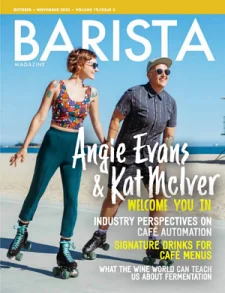
READ THE LATEST BARISTA MAGAZINE
Out now: It’s the October + November 2023 issue of Barista Magazine! Read for free with our digital edition. And for more than three years’ worth of issues, visit our digital archives here.
Get a hard copy of the magazine through our online store, or start a subscription for one year or two.

